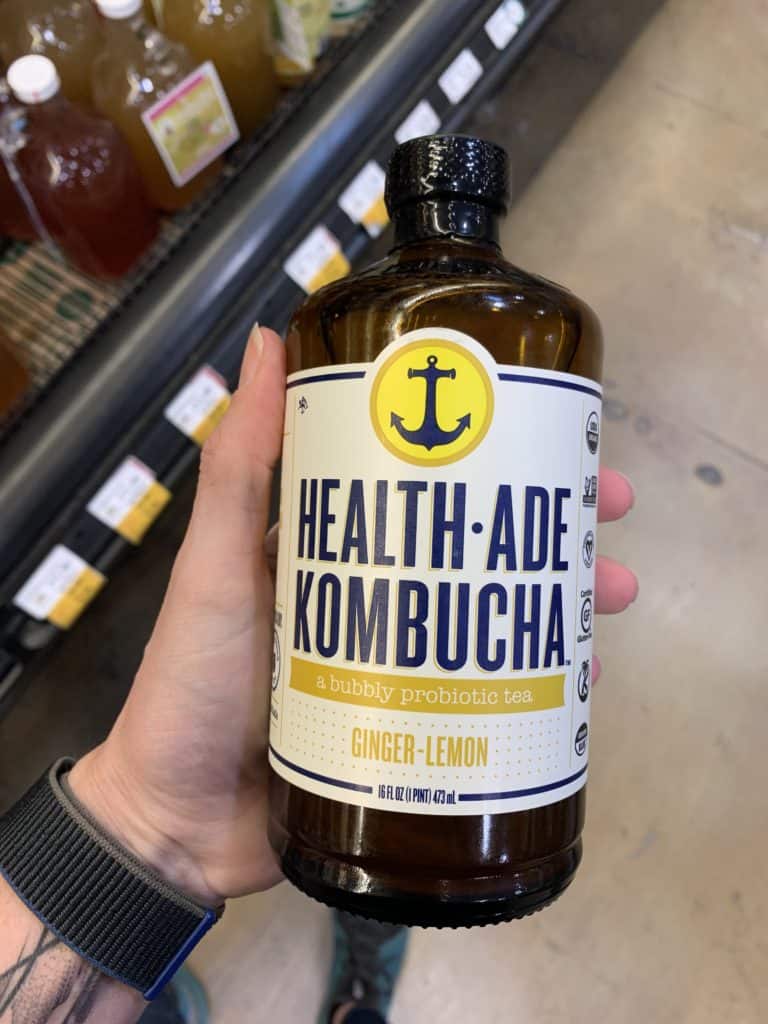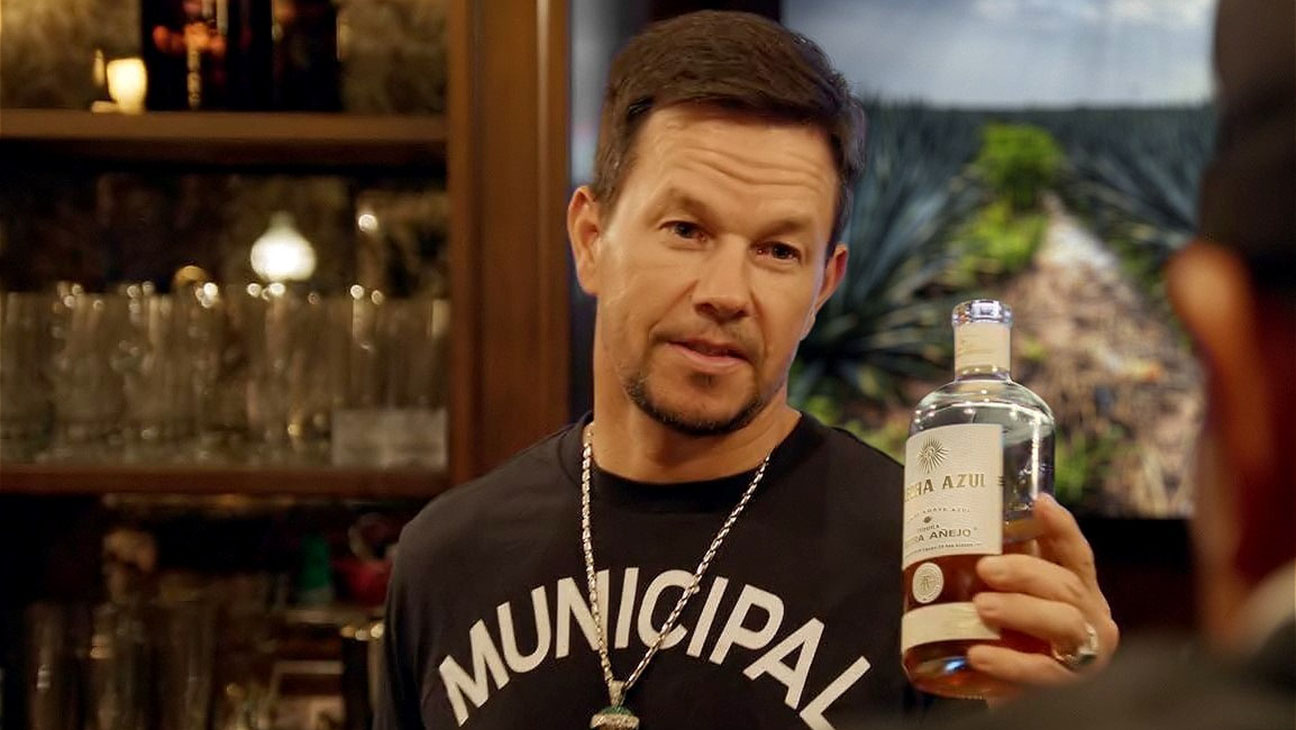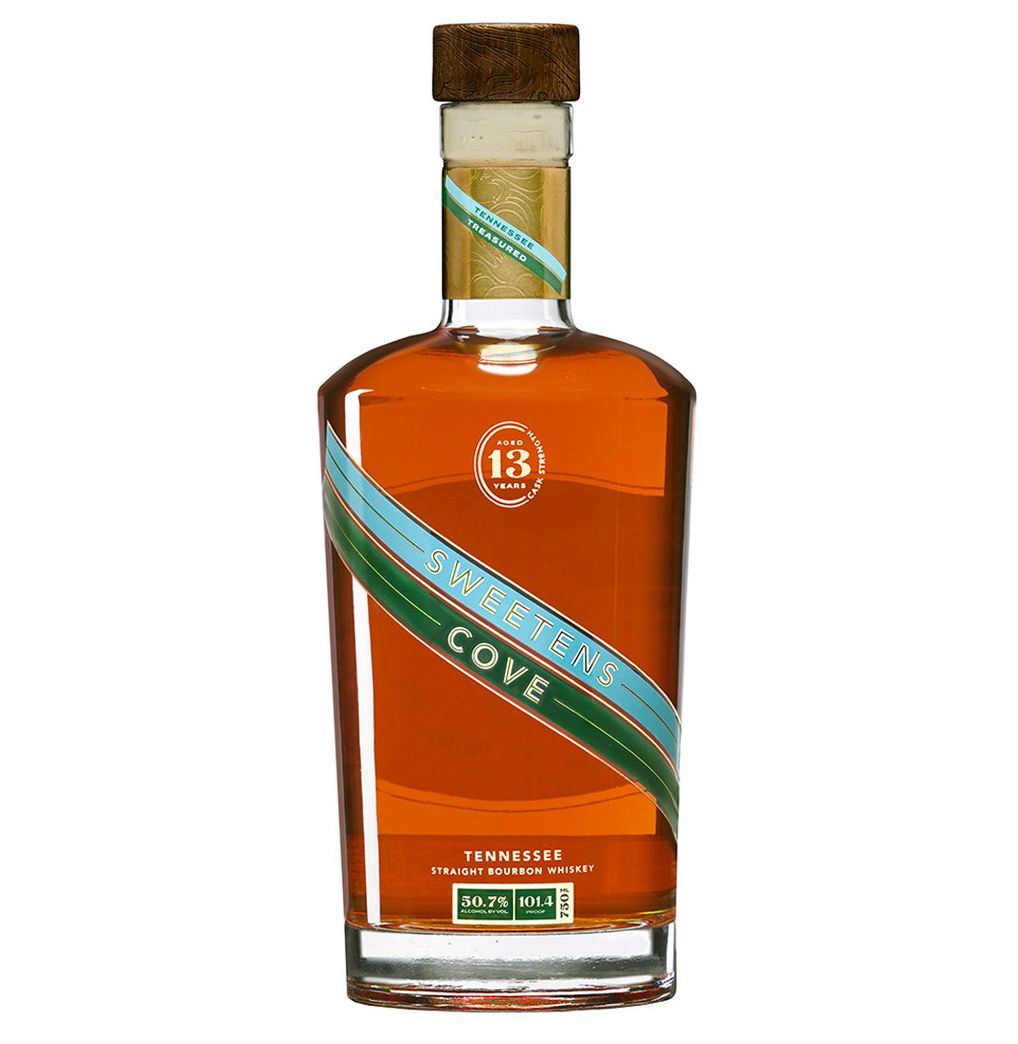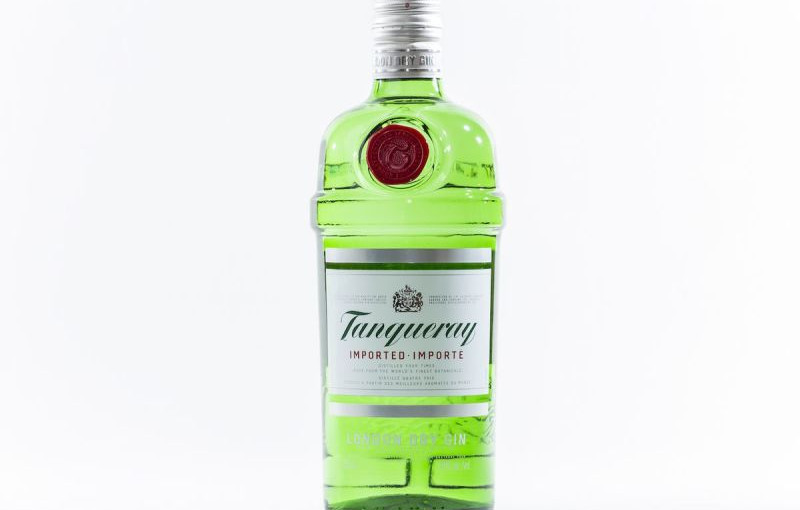How To Make Your Own Alcohol Brand – I’ll admit it – I watched too much Discovery Channel docu-drama Moonshiners during quarantine. There is something very convincing about the idea of creating a unique whiskey bottle where, in addition to alcohol, the heart and soul are poured into the glass. However, due to US laws, distilling and bottling your own spirits is difficult at best – and illegal and impossible at worst. But you
You can still technically “make” your own whiskey at home, according to your individual taste and style, without breaking any laws.
Contents
How To Make Your Own Alcohol Brand

There are four parts to the whiskey making process (which, as I can attest from experience, will stick in your brain more than your label if you ever decide to take the WSET Spirits Certification course).
Alcohol In Bali
The first step is processing the raw materials. For whiskey, this usually means grinding the grain and boiling it in a large pot. The goal of this step is to take the starch compounds from the grain and turn them into sugar, which is easier to digest and use in the next step of the process.
Once you have a big barrel of sweet liquid, the next thing is to add yeast and let the liquid ferment. This process can take several days, and the end result is that the yeast uses the sugar in the mixture to reproduce and grow. The three outputs of this process are heat, carbon dioxide and alcohol. The tricky part here is keeping the yeast happy – too much heat and they die (this is why commercial distilleries have water jackets around the fermentation tanks: to remove the heat generated in the process). But eventually at some point the yeasts stop their party and all that’s left is a slightly alcoholic beer.
Up until now, if you want to do it at home, you’re 100% clear legally…usually. I am not an attorney, none of this is legal advice, so please consult your attorney if you have any questions. But homebrewing is a common hobby here in the states, and I personally enjoy making my own ginger beer with champagne yeast and fresh ginger. However, the next step could land you in trouble with the law.
The distillation of light beer into spirit is a regulated step in the process. At this point, this mildly alcoholic liquid (usually around 10% alcohol by volume) is concentrated into something much stronger by distillation. Since alcohol evaporates at a lower temperature than water, if you heat your beer and condense the vapors released from it, you can selectively capture the alcoholic fractions, which is your “new” whiskey.
Who Owns Your Favorite Liquor Brands?
Here in the US it is not possible to legally distill alcohol for personal home use without a permit. See 27 CFR § 19.51:
A person may not prepare distilled alcoholic beverages at home for personal use. Except as otherwise provided by law, distilled spirits may only be produced by a TTB-registered distillery pursuant to 26 U.S.C. in accordance with the regulations. 5171. All distilled spirits manufactured in the United States are subject to tax under 26 U.S.C. 5001.
It gets complicated and expensive very quickly for those who want to go the legal route here. Stills require licenses, associated users and pay taxes as soon as the whiskey starts rolling out of the still. Logging is required for every drop of liquor produced, and federal regulators audit and monitor these operations to ensure the correct amount of tax is paid to the government. Due to the complexity of regulations, the difficulty of obtaining permits, and other related factors (such as zoning laws, etc.), the bar for doing it yourself is still set so high that almost no well-funded distillery can even consider trying.

Some simply ignore that entire part of the law, making moonshine (illegal whiskey made by “moonlight” to avoid detection) in the woods, constantly evading the ATF, and selling their products on the black market. . Here at 31W, we don’t recommend breaking the law and certainly don’t condone trying it at home.
Top 10 Award Winning Luxury Spirits
The legal consequences of distilling alcohol make all domestic distillation considerably more difficult. But there’s one final component to the whiskey making process, and it’s something you can do quite legally in your own home.
Aging in barrels is a process that dates back to wine and beer producers of centuries past. Once the liquid is in the barrel, it actually moves in and out of the wood as the barrel “breathes” the environment. As the temperature warms up during the day, the barrel expands and allows liquid into the structure of the wood itself. This liquid breaks down some elements of the wood, which then release the flavor. And when the barrel shrinks at night due to cold temperatures, this liquid is forced back out of the wood and the flavors mix with the remaining liquid.
Some of the aromas you end up with in whiskey come from the grains used, but most of the flavors come from the barrels. There are many variables in this part of the process, from the material the barrels are made of, to the climate they are stored in, even to the aromas that permeate the local environment. Wine gets most of its flavor from the grapes themselves, while whiskey gets most of its character after the spirit has already been distilled.
Scottish distilleries usually use regular or only lightly toasted oak barrels for their aging, which together with the milder climate creates a lighter and sweeter taste. American Bourbon, on the other hand, uses recently charred barrels in climates with the wildest temperature swings to achieve a deeper, fuller flavor. In both cases, the whiskey sits in the barrel for a few years before being bottled to soak up all the delicious flavors.
How To Create A Vodka Brand » Premier Innovations Group
Its effect on the price of whiskey is quite dramatic. Every year that the whiskey is off the shelves, the distillery pays to maintain the warehouse, pays people to take care of the barrels, pays insurance, taxes… a lot of money goes into the lengthy aging process. This is why well-aged spirits are expensive.
The dirty secret behind many of the whiskey bottles on the shelves today is that most of them are mass produced. The whiskey comes from a large commercial distillery that supplies it to other brands and companies that bottle it themselves and sell it to you.
In some cases, it feels like a bait and switch operation. Companies like Templeton Rye have actually been sued (successfully) for trying to market mass produced whiskey as their own locally distilled craft. Especially with larger companies like USDP where they have many smaller brands whose origins are deliberately obscured, you wonder about the quality of the spirit inside.

Yet whiskey has historically always been a product where the original distiller may not have been as important as the aging process. Scotch blended specifically in the Scottish tradition was practically the accepted norm for centuries. Individual traders bought whiskey from multiple distilleries, blended it to create a unique flavor profile, and often finished the whiskey themselves in casks with different flavors to produce a new and unique product that was greater than the sum of its parts. That’s how we got brands like Johnnie Walker, Famous Grouse and Cutty Sark.
What Can You Mix With Whiskey? 9 Best Whiskey Mixers
The same thing is happening in the world of whiskey today, as mass-produced whiskey from places like Indiana’s MGP finds its way to smaller distilleries, all adding their own twist to the product. Aging whiskey in unique materials or unique climates, all of which produce different results.
Aging and naming pre-distilled whiskey as your own is an old tradition that is widely accepted and even celebrated. Personally, I start to draw the line when you claim (or give the impression) that you distilled it yourself. If you’re honest about the process and the role you played in making the spirit, there’s no reason why you can’t be proud to call the whiskey you’ve aged your own.
Obviously, there are several ways to age your own whiskey. If you’ve read this far, you probably have an idea of the basic components (cask material, climate, etc.) that typically affect the flavors of a whiskey… and especially since you probably won’t be selling this whiskey, there’s really no limit to what you can do with it .
This
Iconic Celeb Owned Alcohol Brands
How to make your own tequila brand, make your own brand, how to make your own cologne brand, how to make my own alcohol brand, how to make your own makeup brand, how to make your own perfume brand, how to make your own clothing brand, how to start your own alcohol brand, how to make your own watch brand, how to make your own lash brand, how to make your own coffee brand, how to create your own alcohol brand
